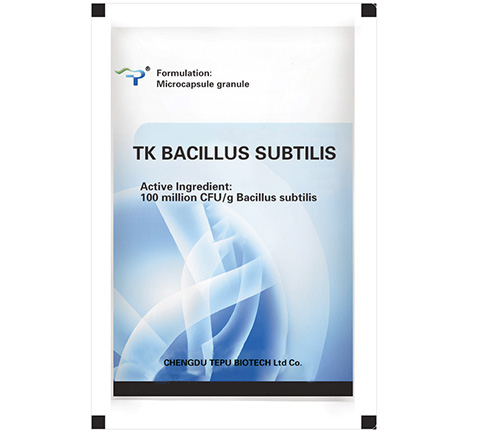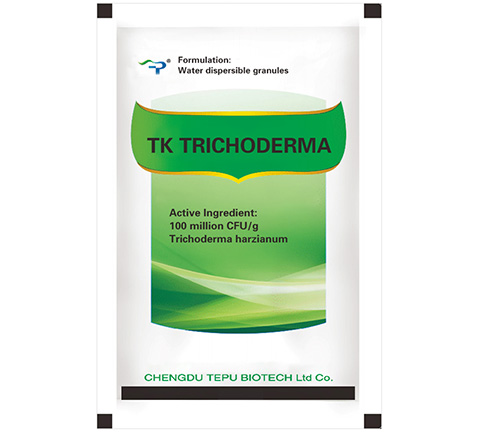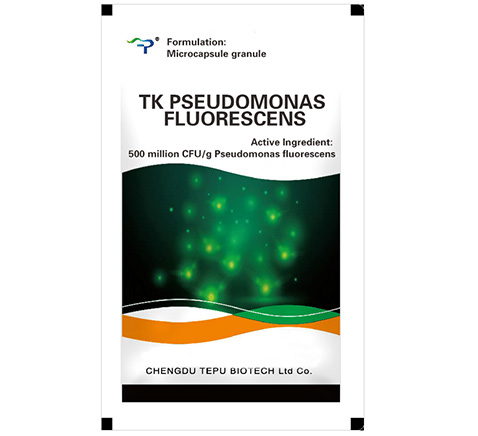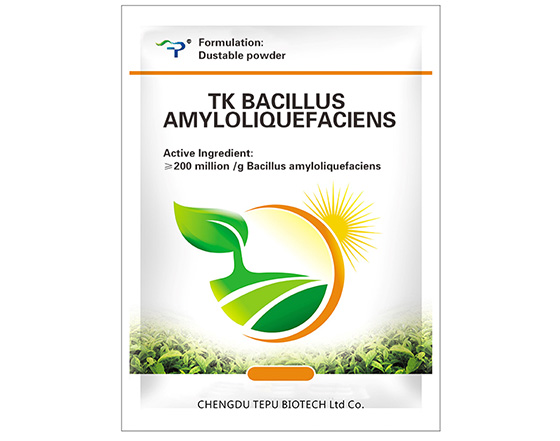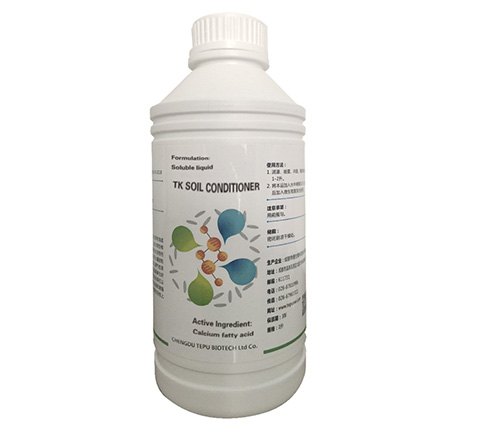Products
About us

Platform Agrotech Co., Ltd. was incorporated in China, a country with large population but small per capita field. Chinese have been developing agricultural technology to nourish the booming population in the past several decades. We successfully achieved the highest yield per hectare for many crops, particularly for paddy.
Contact us
Platform Agrotech Co., Ltd.
Address: Office 1909, Longtai Int'l Mansion, Yanling Street, Nanjing, China.
Post code: 210002
Tel: +86 25 8465 1696,
008613901580111 (whatsapp)
Fax: +86 25 8370 6556
Email: liulu@agro-platform.com
info@agro-platform.com
Copyright 2013, Platform Agrotech Co., Ltd., All rights reserved.Su ICP bei 苏ICP备20001328号-1 No.


